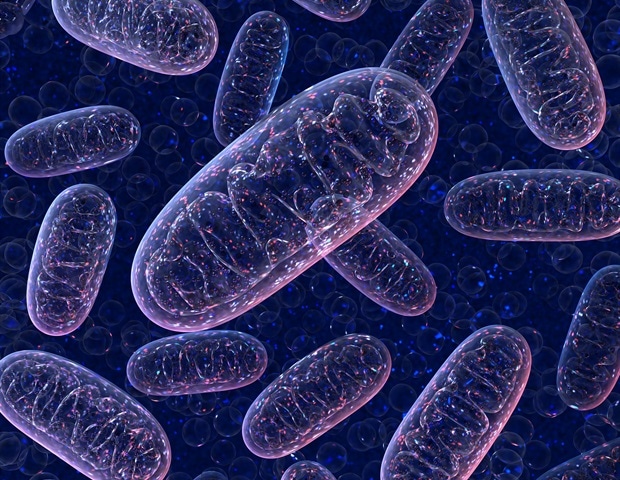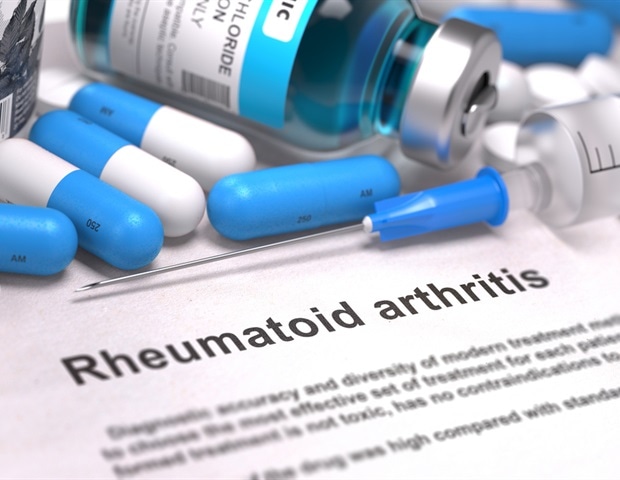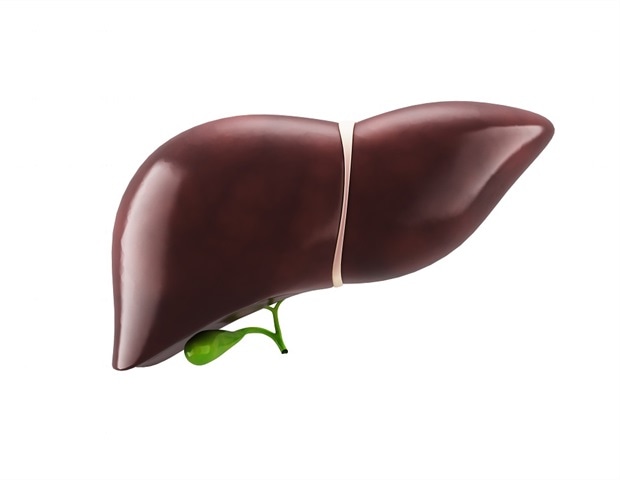
Finerenone reduced heart failure (HF) events and cardiovascular death in patients with HF and mildly reduced (HFmrEF) or preserved ejection fraction (HFpEF), according to late-breaking research presented in a Hot Line session today at ESC Congress 2024.
Explaining the rationale behind the trial, Principal Investigator, Professor Scott Solomon of the Brigham and Women’s Hospital, Boston, USA, said: “Sodium-glucose co-transporter 2 (SGLT2) inhibitors are the only treatment for HFmrEF/HFpEF with a strong guideline recommendation and there remains a high unmet need for additional therapies to improve morbidity and mortality in this large patient population. Steroidal mineralocorticoid receptor antagonists (MRA) have proven benefits in HF with reduced ejection fraction (HFrEF), but their efficacy in HFmrEF/HFpEF has not been conclusively established. We investigated the non-steroidal MRA, finerenone, in patients with HFmrEF/HFpEF in the FINEARTS-HF trial, and a significant positive impact on outcomes was observed.”
FINEARTS-HF was a double-blind, randomized trial in patients with HF (New York Heart Association [NYHA] functional class II-IV) and left ventricular ejection fraction (LVEF) of 40% or greater. Additional inclusion criteria included age 40 years or older, elevated natriuretic peptides and evidence of structural heart disease.
Eligible patients were randomly assigned (1:1) to finerenone (up to 40 mg once daily depending on baseline estimated glomerular filtration rate [eGFR]) or placebo. The primary endpoint was a composite of total (first and repeat) worsening HF events and cardiovascular death. Secondary endpoints included all-cause mortality and a composite kidney outcome (sustained 50% or greater decline in eGFR, sustained decline in eGFR to less than 15 ml/min/1.73 m2 or initiation of chronic dialysis or kidney transplantation).
In total, 6,001 patients were randomized from more than 650 sites across 37 countries. The mean age was 72 years and 46% were women. The mean LVEF was 53%, the majority had NYHA class II HF (69%) and 20% of patients were enrolled during or within 7 days of a worsening HF event.
Over a median of 32 months, finerenone significantly reduced the primary endpoint, with 1,083 events in the finerenone group and 1,283 events in the placebo group (rate ratio 0.84; 95% confidence interval [CI] 0.74-0.95; p=0.007). A significant reduction in total worsening HF events was observed with finerenone compared with placebo (842 vs. 1,024 events; rate ratio 0.82; 95% CI 0.71-0.94; p=0.006). Cardiovascular death was non-significantly reduced in the finerenone arm (8.1% and 8.7%; hazard ratio [HR] 0.93; 95% CI 0.78-1.11). The primary outcome results were consistent in all prespecified subgroups, including those based on ejection fraction or baseline use of SGLT2 inhibitors.
There was no difference in the finerenone and placebo groups for all-cause mortality (16.4% and 17.4%, respectively; HR 0.93; 95% CI 0.83-1.06) or the composite kidney outcome (2.5% and 1.8%, respectively; HR 1.33; 95% CI 0.94-1.89).
Serious adverse events were similar between the groups (finerenone: 38.7%; placebo: 40.5%). Finerenone increased the risk of investigator-reported hyperkalemia (9.7% vs. 4.2%) but lowered the risk of hypokalaemia (4.4% vs. 9.7%).
The FINEARTS-HF trial provides the first definite evidence that an MRA is beneficial in HFmrEF/HFpEF. We have four pillars of guideline-directed medical therapy in HFrEF but only SGLT2 inhibitors as a treatment option for HFmrEF/HFpEF. Given that finerenone was beneficial in patients already receiving an SGLT2 inhibitor, our findings point to finerenone as a new second pillar in HFmrEF/HFpEF.”
Professor Scott Solomon, Brigham and Women’s Hospital, Boston, USA
Source:
European Society of Cardiology (ESC)








